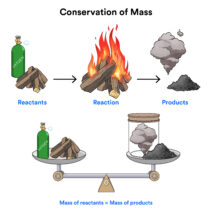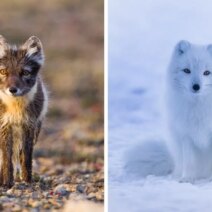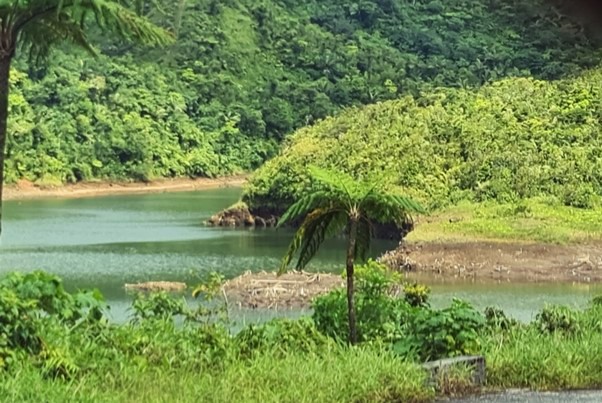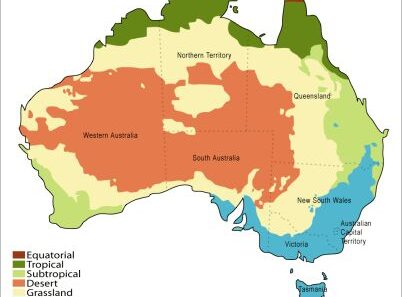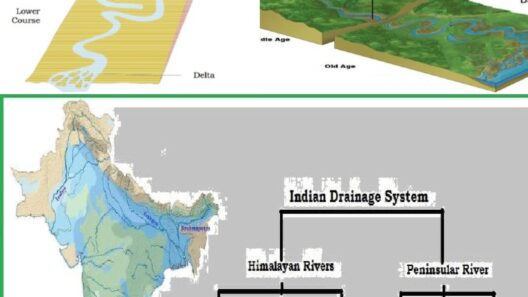Bolivia, a landlocked nation nestled in the heart of South America, showcases remarkable climatic diversity. From the towering peaks of the Andes Mountains to the lush expanses of the Amazon Basin, the country encapsulates a myriad of environmental conditions, each of which poses unique challenges and opportunities. The climatic dichotomy spans frigid high-altitude regions to tropical lowlands, creating a complex interplay that significantly impacts its ecosystems, agriculture, and the livelihoods of its inhabitants.
To comprehend Bolivia’s climate is to embark on an exploration of its geographical intricacies. The Andes, characterized by a parched, windy landscape, provide a stark contrast to the humid, verdant expanses of the Amazon rainforest. In the high-altitude Bolivian Andes, temperatures can plummet below freezing, particularly during the nights. These frigid conditions dictate the agricultural practices, where crops like quinoa thrive due to their resilience to such extremes. Conversely, the Amazon region experiences a tropical climate, characterized by high humidity and regular rainfall, fostering an entirely different agricultural ecosystem.
One can observe disparate climatic manifestations that not only affect flora but also fauna. The Andean regions are home to species adapted to cooler temperatures, including llamas and alpacas, which have evolved to endure the harsh weather conditions. In contrast, the Amazon is teeming with biodiversity, showcasing myriad species of birds, mammals, and insects, all of which are sensitive to slight climatic changes. Understanding the uniqueness of each habitat is vital because the implications of climatic shifts are felt universally by living organisms.
As climate change accelerates, Bolivia’s diverse climatic zones are under severe threat. Increased temperatures, altered precipitation patterns, and extreme weather events are becoming more commonplace. In the Andean regions, glacial retreat poses a dire threat to water supplies. The glaciers, vital sources of freshwater for many urban and rural communities, are receding at alarming rates. This decline not only jeopardizes water supply but is also linked to soil erosion and diminished agricultural productivity, challenging farmers who depend on this precious resource.
On the other hand, the Amazon region faces its own set of adversities. Deforestation, primarily driven by agricultural expansion and illegal logging, exacerbates the detrimental impacts of climate change. The Amazon rainforest acts as a significant carbon sink; its destruction unleashes vast amounts of carbon dioxide into the atmosphere, further intensifying global warming. With the ongoing loss of biodiversity, several plant and animal species face heightened risks of extinction, creating a perilous ripple effect on ecosystem services that are critical for human survival.
Bolivia’s indigenous communities, many of whom rely on traditional agricultural practices, are facing formidable challenges as climatic variability increases. These societies possess invaluable traditional knowledge about sustainable practices and resource management. However, as seasons become less predictable, their agricultural cycles are disrupted, requiring adaptations to preserve food security. Indigenous farmers are turning to agroecological methods, which emphasize biodiversity and ecological balance, thus enhancing resilience while promoting sustainability.
Amidst these challenges lies an emergent opportunity for renewable energy development. Bolivia is endowed with significant resources for hydropower, solar, and wind energy. The abundant sunshine in the lowland regions, particularly in the southern part of the country, offers considerable potential for solar energy initiatives. Moreover, the Andean topography is conducive to developing hydroelectric projects that could support sustainable energy consumption. Transitioning to renewable energy could significantly reduce the national carbon footprint and foster economic resilience amid global shifts towards cleaner energy systems.
Furthermore, Bolivia’s commitment to international climate agreements, such as the Paris Agreement, signifies a recognition of the pressing need to combat climate change. The country is actively engaged in efforts to enhance the resilience of its ecosystems and communities against the backdrop of a changing climate. As conservation efforts gain momentum, initiatives aimed at reforestation, sustainable agriculture, and biodiversity protection are gaining traction. These multifaceted strategies not only aim to mitigate the impacts of climate change but also to restore ecological integrity, which has been compromised over the decades.
While challenges abound, learning from successes in local and global contexts illuminates a path forward. Integrated approaches combining ecological, social, and economic dimensions will be vital in navigating the climate crisis. The collaboration between government entities, NGOs, and local communities can spur innovative solutions to curb the adverse effects of climate change.
In sum, Bolivia’s climatic landscape embodies a powerful narrative of resilience amid adversity. The intersection of Andean chill with Amazonian heat reflects a microcosm of broader global climatic shifts. Understanding these environmental dynamics is crucial for developing holistic strategies aimed at safeguarding both ecosystems and people. The fight against climate change is not merely an ecological concern but a call to action that encompasses social justice, economic development, and cultural preservation. Bolivians hold the key to guiding their future in the face of climate adversity, drawing from the rich tapestry of their environment and heritage.
